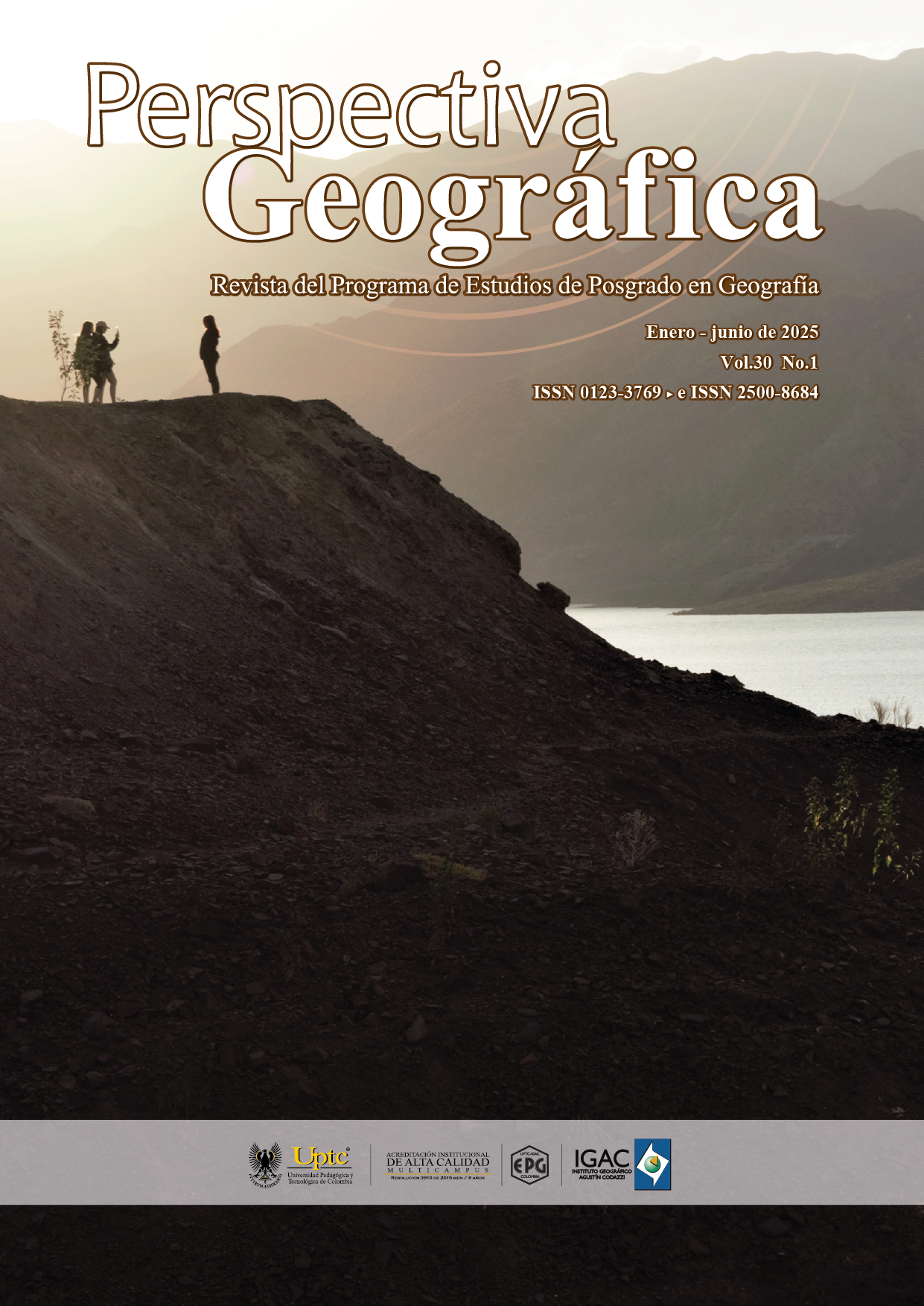Mahahual, la conformación de un territorio para el capital turístico.

Abstract
Mahahual, the formation of a territory for tourist capital.
Abstract
The construction of Mahahual as a tourist destination has its foundations during two government periods, 1993-1 and 1999-2005, during which all the necessary structural transformations were carried out to generate the conditions that allow the entry of transnational companies. It is part of the Costa Maya project due to the white sand landscape and the turquoise blue sea that characterizes it. It is important to visualize the way in which its social, environmental and tourist development will be presented, given the fragility of its ecosystems.
This work aims to demonstrate the way in which the penetration of capital to Mahahual has transformed productive processes and has promoted inclusive and exclusive tourism at the same time, promoting the establishment of local and international investments through capitalist expansion processes oriented to the acquisition of property and use of natural landscapes. The methodology used to develop the research is qualitative, a bibliographic search was carried out to demonstrate the State's strategy for the occupation of the territory since the last century and the gradual, continuous and informal forms that allow national investors and foreigners dispossess local groups of their properties.
It is concluded that the dialectical process of capitalism reflected in Mahahual allows groups of workers to establish themselves to guarantee that there is a process of creating collective means of consumption that are recognized by society and, ultimately, the benefits are tourist capital.
Keywords
Capitalist penetration, tourism, Mahahual
References
- Bendini, M. (2011). Movilidad del capital y del trabajo: territorialización “multiforme” en regiones extrapampeanas. Pampa (Santa Fe), 7, 9–30. Retrieved from http://www.scielo.org.ar/scielo.php?script=sci_arttext&pid=S2314-02082011000100001&lng=es&tlng=es.
- Buitrago, D., Marín, G., & Fraga, J. (2012). El turismo como destino: Pesca, conservación de la biodiversidad y desarrollo turístico en Xcalak, un pueblo costero del Caribe Mexicano. Turismo, Globalización y Sociedades Locales En La Península de Yucatán, México, (2012), 75–108.
- Cal, C., & Vázquez, G. (2015). PERFIL HISTÓRICO SOBRE EL CONOCIMIENTO TRADICIONAL DE RECURSOS COSTEROS EN COSTA MAYA, QUINTANA ROO, MÉXICO. Revista: Caribeña de Ciencias Sociales. Retrieved from https://www.eumed.net/rev/caribe/2015/08/costa-maya.html
- Cruz, E., Zizumbo, L., & Monterroso, N. (2011). La economía de enclave forestal: la configuración capitalista del paisaje en Puerto Morelos, Quintana Roo (1902 - 1936). Diálogos Revista Electrónica, 12(1), 54. https://doi.org/10.15517/dre.v12i1.6405
- Daltabuit, M., Cisneros, H., & Valenzuela, E. (2006). Globalización y turismo en el sur de Quintana Roo. Estudios DeCultura Maya, 27, 99–124.
- Diario de Quintana, R. (1994). Nota perioidstica.
- González-Vera, M. A. (2019). Planificación, sustentabilidad e impacto de las actividades turísticas recreativas del pasajero de cruceros: estudio de caso Mahahual (Quintana Roo, México). Rovira & Virgili. Retrieved from file:///C:/Users/Mariela/Downloads/6. GONZLAEZ, 2019.pdf
- González, A. (2011). Nuevas percepciones del territorio, Espacio social y el Tiempo. Un estudio desde los conceptos tradicionales (o clásicos) hasta su concepción en el siglo XXI" (Facultad de Humanidades, Artes y Ciencias Sociales. VI Jornadas de Jóvenes Investigadores, 0, 1–15. Retrieved from https://www.aacademica.org.
- Habermas, J. (1993). El Discurso filosófico de la Modernidad. 感染症誌 (Santillana, Vol. 91). Madrid, España: Taururs Humanidades.
- Ken-Rodríguez, C. (2002). Surgiminto del turismo en Xcalak: oportunidad para el turismo comunitario. In F. J. Rosado-may, R. Romero-Mayo, & A. de J. Navarrete (Eds.), Contribuciones de la Ciencia al Manejo Costero Integrado de la Bahia de Chetumal y su Área de Influencia. (p. 339). Chetumal, Quintana Roo: Universidad de Quintana Roo.
- Monterroso, N. (2020). Dinámicas capitalistas en la instrumentación de megaproyectos turísticos. In L. Zizumbo & N. Monterroso (Eds.), Comunidades, Territoios y turismoen America Latina (1a ed., pp. 49–92). México: Torres Asociados.
- Riella, A., & Mascheroni, P. (2011). Desigualdades sociales y territorios rurales en Uruguay. Pampa, (7_sup), 39–63. https://doi.org/10.14409/pampa.v1i7_sup.3203
- Romero M, R. (1997). Dilemas del turismo ecológico en elñ Caribe Mexicano. Tenencia de la tierra y participación social enel corredor turístico Costa Maya.pdf. Revista Mexicana Del Caribe, 04(04). Retrieved from http://recaribe.uqroo.mx/numeros/anteriores/04/04romero.pdf
- Sosa-Ferreira, A. P. (2011). Características Sociodemográficas en Poblaciones de centros Turísticos de rápido crecimiento: Majahual. Universidad Autónoma de México. https://doi.org/http://ru.atheneadigital.filos.unam.mx/jspui/handle/FFYL_UNAM/5044_TD123
- Sosa Ferreira, A. P., & Martinez, C. I. (2016). El turismo de cruceros y la transformación del paisaje: Majahual. El Periplo Sustentable, (31). https://doi.org/10.21854/eps.v0i31.2142
- Torres Maldonado, E. J. (n.d.). El Caribe Mexicano hacia el S XXI.
- Villarreal Corrales, L. (2009). El turismo y la inversión extranjera en la zona restringida. In Regimen Juridico del Turismo y de la Zona Marítimo Terrestre (pp. 175–207). Instituto de investigaciones jurídicas de la UNAM. Retrieved from https://archivos.juridicas.unam.mx/www/bjv/libros/6/2722/15.pdf
- Yeladaqui, M. (2022). Trabajo de campo. Entrevistas a profundidad.
- Zizumbo, L. (2020). Estrategias de la organizacion comunitaria y el turismo rural en México. In N. Monterroso & L. Zizumbo (Eds.), Comunidades, territorios y turismo en América Latina (1a ed., p. 524). México, DF: Editorial Torres Asociados. Retrieved from http://relidestur.com/assets/doc/comunidades-territorios-y-turismo-en-america-latina.pdf
